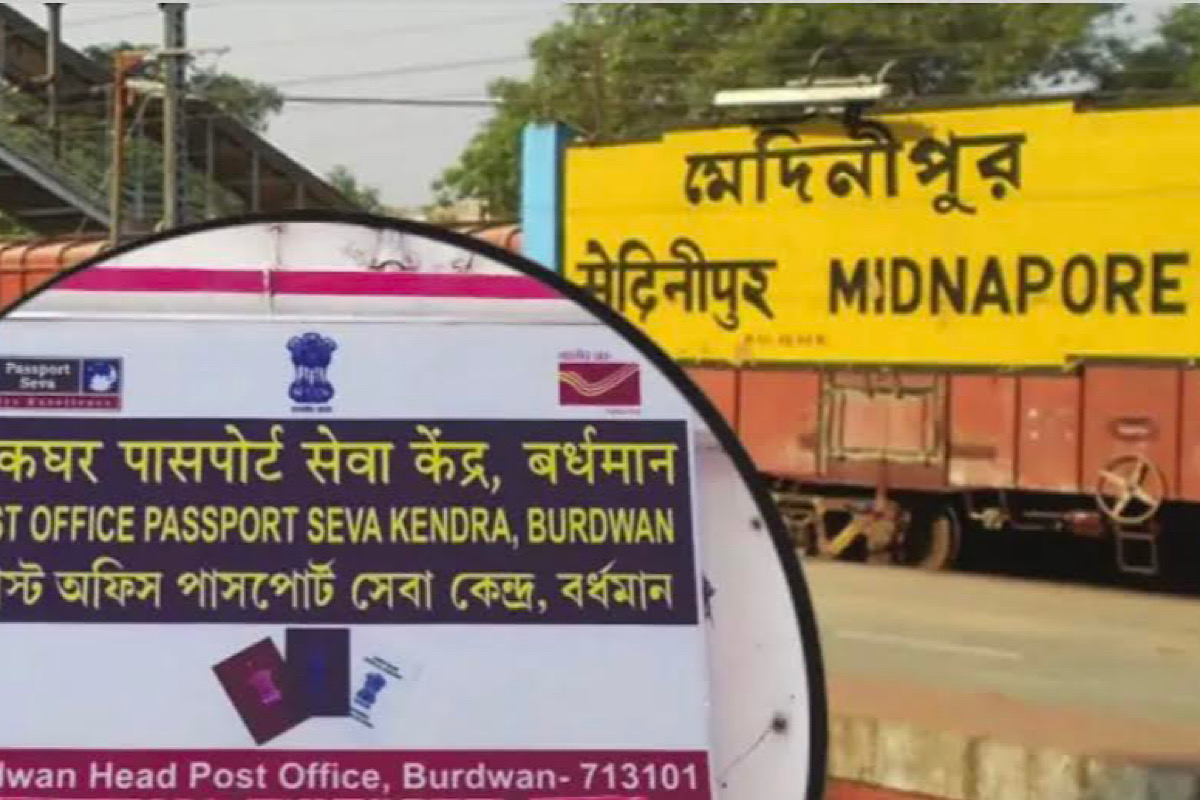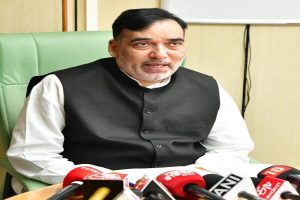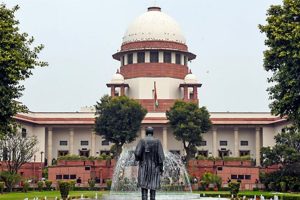In the times of Shakespeare, there was perhaps not much in a name. But in a digital world, one’s name as it is spelt is all important for identification right from the time one is born and till the end. Equally important are the name of a road one is living in or the village, town or district. Yet, we don’t find much sensitivity amongst various central and state government agencies to use standardized names of various roads, towns or districts.
If we are a little inquisitive, interesting traditions of various government departments and local bodies are revealed in referring to various places. The Deputy High Commission of Bangladesh in Kolkata is prominently located on the 880-metre stretch connecting the AJC Bose Road with Park Circus crossing and the address of the building refers to the road as “Bangabandhu Sheikh Mujib Sarani”.
In contrast, the name of the local post office just across the road bears the age-old name “Circus Avenue”. A resident gets confused whether that important stretch in the city is to be referred as Circus Avenue or Bangabandhu Sheikh Mujib Sarani! During the left front rule, Britishtime names of different districts and towns of Bengal were Indianized.
Thus, Burdwan became Bardhaman, Midnapore changed to Medinipur, Contai was formalized as Kanthi and Chinsurah became Chuchura. However, the post offices in respective locations still continue with the colonialera names: Burdwan Head Post Office, Midnapore Head PO, Contai HPO or Chinsurah HPO.
Though the post office is considered to be the organization that was Indianised first amongst all colonial-era institutions, its inertia in continuing with old names is quite intriguing. Thus, when it comes to writing in English, the post office at Alipur in South Calcutta continued as Alipore HPO and the one at Kashipur in North Calcutta is still Cossipore HPO.
Whereas the post office is consistent in maintaining the colonial legacy when it comes to names, the stand of the Railways is more difficult to understand. In respect of Medinipur, the Railways have gone for a compromise formula. Whereas the station is referred to as Medinipur in Bengali and Hindi, it is referred to as ‘Midnapore’ in English. For rail stations at Barddhaman (Sanskritized spelling used by the Railways) or Chuchura, old anglicized names are forgotten, though in contrast Contai Road Station has never been named after Kanthi Road. A couple of decades back, stations of the Kolkata Metro Railway were named after important personalities. Political decisions to do so may be aimed at showing tribute to memorable persons and thereby to appease their followers; in practice such naming, not having any remote relevance with the surrounding locality, created a lot of harassment to the daily commuters.
A passenger intending to buy a ticket for Tollygunge or Gariabazar is required to ask for tickets of “Mahanayak Uttamkumar” or “Kavi Nazrul”. One is required to have it in one’s memory that to get down at Kudghat, Bansdroni or Naktala one has to follow the announcements about the stations named after “Netaji”, “Masterda Surya Sen” or “Gitanjali”. Metro commuters all over the city need to remember that to go towards the South, they need to take the train going towards “Kavi Subhash”.
Considering the pathetic plight of the daily commuters, the Metro Railways came out with a compromise solution when they started announcing in the train that the “next station is Mahanayak Uttamkumar, for the commuters intending to go to Tollygunge area”.
The assistants working at the ticket counters were always found to be sympathetic to the passengers. If the commuter asks for tickets referring to the locality, the Counter-assistant instead of test checking the memory of the commuter by requesting him to tell the exact station-name, always provides the ticket for the right station.
However, the metro-rail authority refused to learn any lesson from this strange experiment of naming stations after personalities and repeated the same story also for the Garia-Airport Metro Corridor, which is likely to be put into operation in near future.
There too the stations are named after after film-makers, singers, poets, journalists and historic figures such as Satyajit Ray, Ritwik Ghatak, Hemanta Mukherjee, Kavi Sukanta, Jyotirindra Nath Nandi, Barun Sengupta, Gour Kishore Ghosh and Titumir.
In the United States, an interesting practice is to dedicate a post office in the name of an individual. However, such renaming through legislation does not change the public’s identification of the facility by its geographic location. A commemorative plaque is installed in a prominent place inside the post office on the personality to whom the facility is dedicated.
According to a report (March, 2011) of the Congressional Research Service, in the past three US Congresses “approximately 20 per cent of all statutes enacted were post office naming acts”. Instead of naming the Metro Stations after great personalities, we should dedicate the station to such individuals by installing a plaque in public.
That could be a better way of paying tribute to our heroes. The additional expenses of doing so for the railways will be minimal, but the commuters could be saved from many inconveniences.
(The writer, a former civil servant, is an independent commentator on socio-economic and public issues.)












